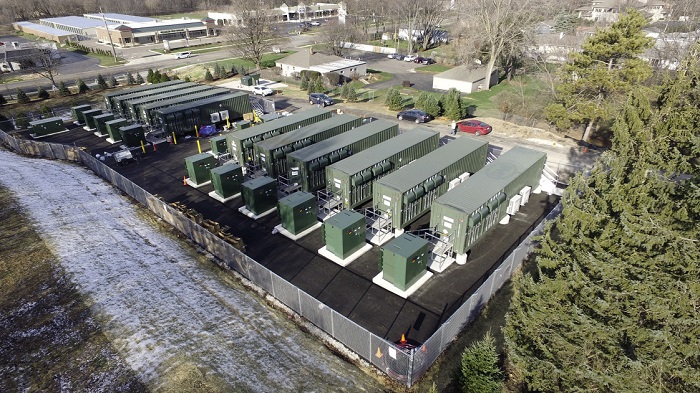The ability of the grid to integrate variability associated with renewables, as well as the huge investment required to upgrade the transmission and distribution (T&D) infrastructure, are the key challenges for India in meeting its ambitious 175 GW renewables target by 2022.
Energy storage can help to better integrate these renewables by providing multiple values to the system, such as optimizing T&D investments, addressing forecasting errors in wind and solar generation for more accurate scheduling, addressing local reliability issues by providing reactive power support, and enabling end users to manage peak load, and more efficient utilization of distributed renewables.
During the Pravasi Bharatiya Panel discussion on the “Role of Indian Diaspora in Capacity Building for Affordable Solar Power”, organized by India’s Prime Minister, Narendra Modi, India Energy Storage Alliance (IESA) executive director, Dr Rahul Walawalkar said, “This transition is supported by significant push for Giga factories for advanced energy storage technologies such as li-ion, which is driving down the cost of energy storage at a pace even faster than the solar PV cost reductions witnessed in the last decade. Grid scale energy storage projects have witnessed costs falling below US$300/kWh from over US$1000/kWh just 5-6 years ago,” Dr Walawalkar explained.
He continued, “It is anticipated that with the scaling up of deployment and also setting up of local manufacturing, costs will further reduce by at least 20-30% within the next 3-5 years. As a result, we are seeing a range of projects at hundreds of MWh scale getting implemented globally from US, Europe, China, Japan, Australia and even in South East Asia.”
According to the IESA, under the right support, PV projects of 100 MW or more, could easily integrate storage to help improve power quality and reliability issues.
“Many government projects which were cancelled are expected to move forward with a rise in private sector opportunities, and SECI’s consultation on a 160MW solar-wind-storage hybrid in Andhra Pradesh. Just in Andaman and Nicobar, there are also 4-5 other solar-plus-storage projects being executed for the military engineering services (MES),” said the association.
In recent months, various tenders for solar plus storage have been floated by the Solar Energy Corporation of India Ltd (SECI), Bangalore Electricity Supply Company Limited (BESCOM), NTPC and Neyveli Lignite Corporation (NLC), in states like Andhra Pradesh, Himachal Pradesh and on the Andaman & Nicobar Islands.
The Indian government is also working on its National Energy Storage Mission (NESM) in a bid to lead the energy storage sector. To this effect, it is creating an enabling policy and regulatory framework that encourages manufacturing, deployment, innovation and further cost reduction.
By 2020, said IESA, there will be at least three global companies with at least 25 GWh of annual Li-ion battery production capacity, each, and another five, with at least 10 GWh of annual production capacity.
It adds that by 2020, India is targeting 5-10 GWh of manufacturing capacity. “1 GWh cell manufacturing would need an investment of $200-250 million,” it said, adding, that India has the potential to create 10 GWh of capacity, which could attract investments totaling $3 billion by 2020. “… as this happens, ancillary development including module development, containers, transformers, inverters could need an equal amount of investment, taking the total potential to $6 billion,” it concluded.
This content is protected by copyright and may not be reused. If you want to cooperate with us and would like to reuse some of our content, please contact: editors@pv-magazine.com.









By submitting this form you agree to pv magazine using your data for the purposes of publishing your comment.
Your personal data will only be disclosed or otherwise transmitted to third parties for the purposes of spam filtering or if this is necessary for technical maintenance of the website. Any other transfer to third parties will not take place unless this is justified on the basis of applicable data protection regulations or if pv magazine is legally obliged to do so.
You may revoke this consent at any time with effect for the future, in which case your personal data will be deleted immediately. Otherwise, your data will be deleted if pv magazine has processed your request or the purpose of data storage is fulfilled.
Further information on data privacy can be found in our Data Protection Policy.